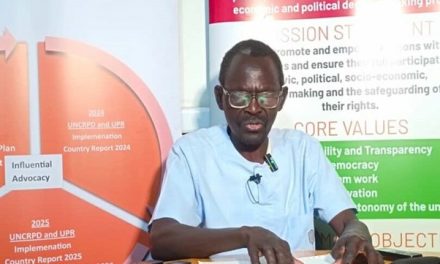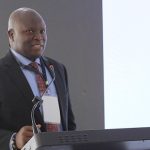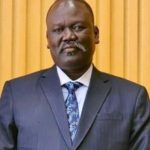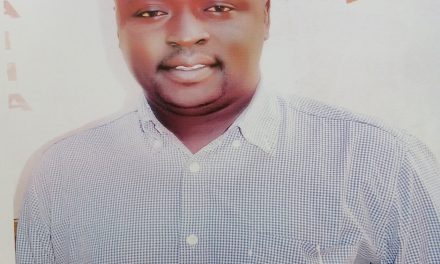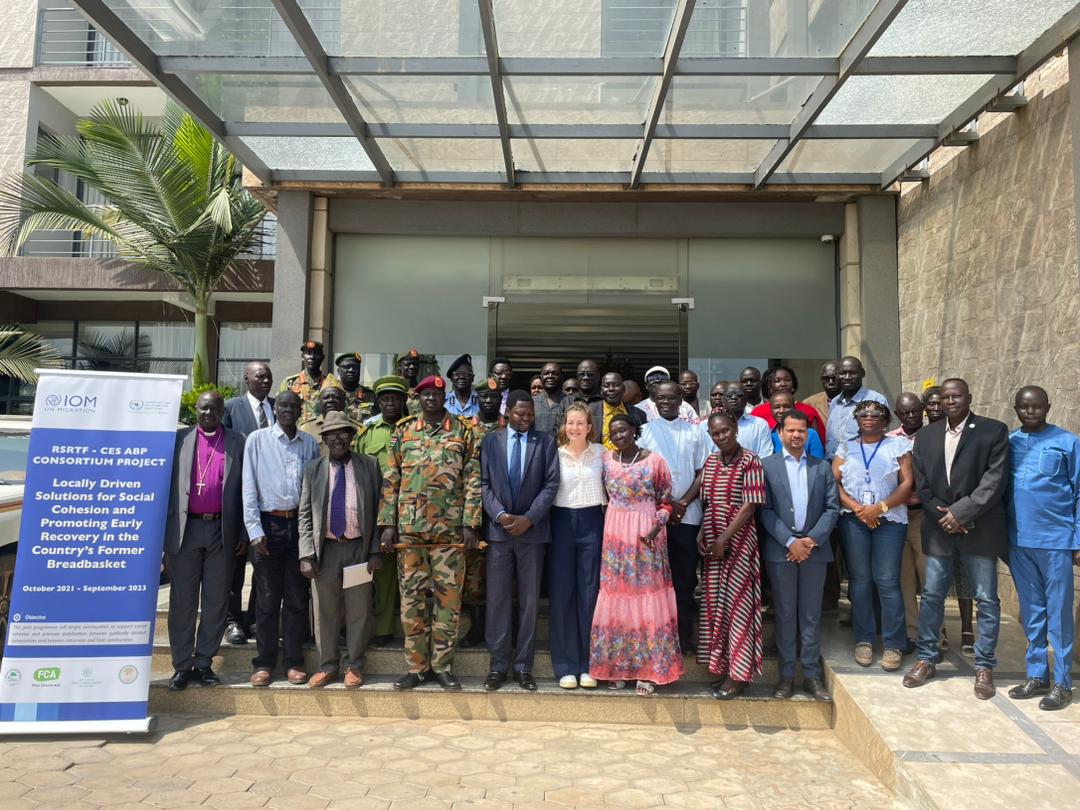
South Sudan teachers impressed with new Chinese teaching practice model

Several South Sudanese teachers who completed a month-long training on the new competence based education curriculum for primary 2 to 4 learners are impressed with the knowledge acquired from their Chinese instructors.
Garang Garang Deng, a 32 year-old teacher from in Northern Bahr El Ghazal state, told The Juba Echo last week that prior to enrolling for this latest training they used to rely only on teaching theories without engaging the learners practically during lessons.
“Before we were teaching learners theoretically like for example 2 plus 1, they say three without us drawing something on the chalk board to demonstrate to the learners, this often left them confused,” said Garang after receiving his certificate during a ceremony held for 110 participants in Rombur National Teacher Training Institute in Juba, the capital of South Sudan.
Garang who teaches mathematics in Halbul primary school in Aweil town said his perceptions on teaching have been transformed since the training commenced on November 15.
“The training I have received here is different from what I was previously trained, I now know how to deliver lessons to learners effectively like for example, I can draw diagrams for the learners to see what I am telling them,” he disclosed.
Garang did not know how to teach with the help of a computer and projector but now says he has acquired some practical knowledge on how to conduct lessons with such equipment.
“I never knew how to teach using a projector and it is my first time to see a projector in Rombur teacher training institute,” he said.
The teachers’ capacity building training is part of the second phase of the China-Aided Technical Cooperation Project in Education. In November, about 150 teachers and school managers were sent to China for training as part of the program.
The training being conducted in phases by instructors from the Shanghai Educational Publishing House is targeting about 330 teachers.
Mayar Lual Mayar, 29, a mathematics teacher for Emmy Rovin primary school in Warrap state said that he has acquired knowledge from his Chinese instructors on how to develop lesson plan and also to simplify mathematics lessons for his learners.
“When I was in Warrap state teaching in Emmy Rovin primary school the knowledge that I was having then and what I have acquired here are quite different, because previously I did not know how to make a lesson plan, scheme of work and how to make mathematics easier for learners to understand,” he said.
Mayar said he plans to convince authorities in Warrap state when he goes back to organize training workshops for teachers to get acquainted with the new competence based education curriculum developed by Chinese experts.
“I will talk to the state authorities to organize some workshops and bring in teachers, so that I can make trainings and if I train about ten of them, each of them will go and train more others so that the quality of education improves in the state,” said Mayar.

Mary Atueny Mangar, 29, who teaches English in Panawac primary school in Lakes state, said that she has acquired knowledge on analyzing the characteristics of her learners, organizing content and evaluating the learners’ performances in terms of achieving educational objectives.
“Before we were just learning the old curriculum that we did not even understand, we just looked at the curriculum and taught learners using chalk board, but we have learnt a new way of teaching using projector and white board. We have been taught how to use computers, before we did not know the importance of teaching using a computer and we even don’t have them in our schools in the state,” said Mangar.
She said she plans to train teachers in different schools in Lakes state when she returns to home.
Rebecca Agok, a 32-year-old science teacher from Mapara primary school in Warrap state, said the training she received is very different from the one she attended before starting teaching.
“The first step I learnt is on how to address the class room, how to conduct lessons and how to plan lessons and the objectives of teaching,” she said.
Xiang Zhengyu, a mathematics instructor said he has taught the trainees on how to use the syllabus and teaching materials for primary 2 to primary 4 such as the use of diagrams and area model multiplication.
“When I went through the primary 2 to primary 4 text books, there are some materials that are new for them (teachers) because in the new textbooks there are some things that are not there in the old version of textbooks like some parts of statistics are new such as bar charts. They know bar charts but those things are not being taught in primary 4 and yet in these new text books they are taught in primary 4,” said Xiang.
He said that two decades ago people thought things such as commutative laws of math, distributive and associative laws of math may be difficult for learners in primary 3 to primary 4 to understand.
“But now more and more countries worldwide teach these kinds of abstract laws of calculation in relatively lower grades. So those teaching materials for these teachers might be new because they have to fit them into earlier grades that could be challenging for them,” said Xiang.
Amin Ezra Danga, deputy principal for academic affairs in Rombur National Teacher Training Institute, said that previously they were using knowledge based curriculum that did not guarantee deeper understanding of the learners.
He said the new competence based curriculum is based on understanding the knowledge.
“The method of this curriculum is that we use group work and pair work where students discover knowledge for themselves, this means they will understand deeply than giving knowledge to them,” said Danga.
Danga said the curriculum puts learners at the center as teachers will always give them 25 percent of the knowledge, adding that the rest of the knowledge is acquired by the learners with the guidance of teachers.

